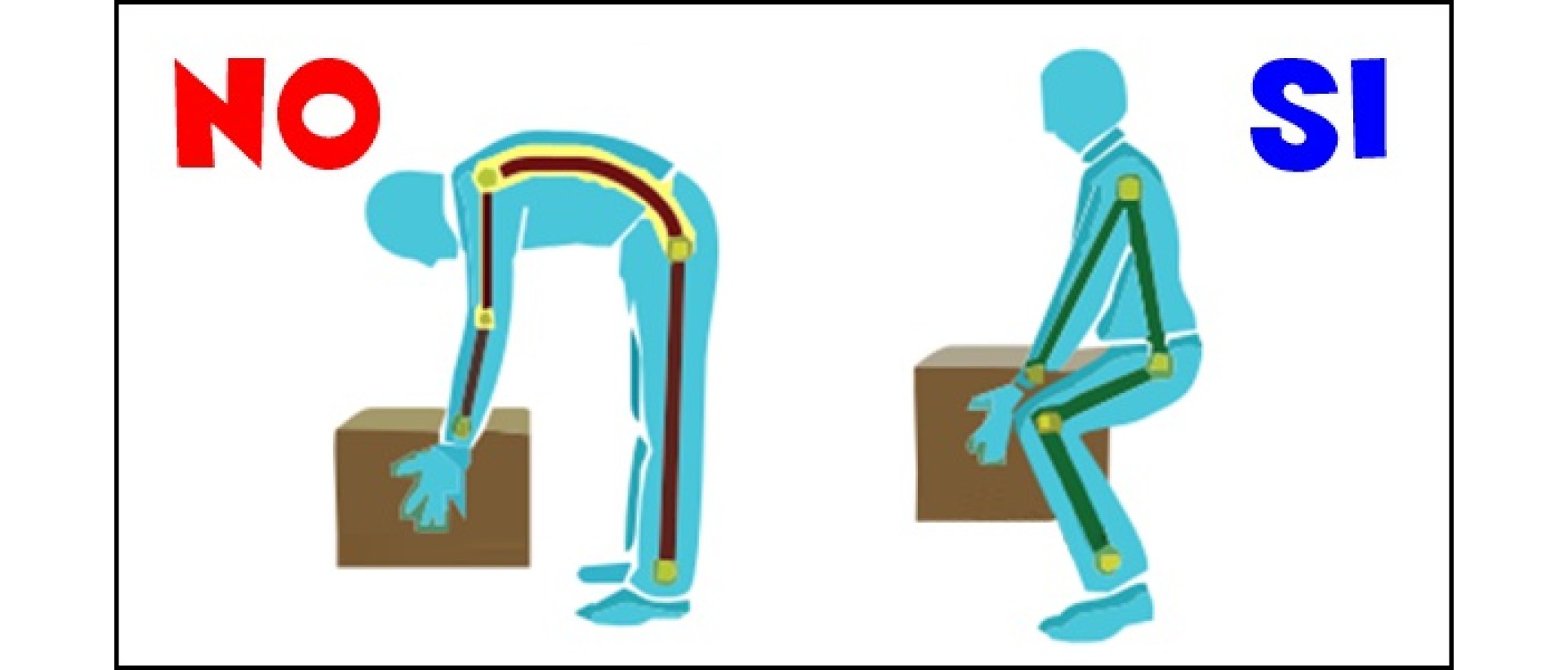Peso massimo sollevabile manualmente secondo la normativa
Per legge un lavoratore, uomo o donna, adulto o adolescente non dovrebbe alzare un peso sproporzionato alla propria condizioni fisica e per questo sono stati stabiliti dei limiti alla "movimentazione manuale dei carichi" (MMC).
Questi limiti erano stati inizialmente previsti dal D.Lgs. 626/94, poi abrogato, e sostituiti dal D.Lgs. 81/08 che fa riferimento ad una norma Europea (ISO 11228).
Nella ISO 11228 si stabilisce che: il peso massimo sollevabile in condizioni ottimali (ovvero senza curvare o ruotare la schiena) distinto per categoria di sesso e di età è il seguente:
- 25 Kg per gli uomini
- 15 Kg per le donne
- 15 Kg per gli adolescenti maschi
- 10 Kg per le adolescenti femmine
Non solo, il legislatore (art. 1, art. 28 e allegato XXXIII) ha fissato anche delle raccomandazioni che possano tener conto dell'età e del sesso del lavoratore/lavoratrice, come riportato dalla seguente tabella:
| Età anagrafica | Uomini, movimentazione occasionale | Uomini, movimentazione frequente | Donne, movimentazione occasionale | Donne, movimentazione frequente |
| 16 - 18 | 19 Kg | 14 Kg | 12 Kg | 9 Kg |
| 18 - 20 | 23 Kg | 17 Kg | 14 Kg | 10 Kg |
| 20 - 35 | 25 Kg | 19 Kg | 15 Kg | 11 Kg |
| 35 - 50 | 21 Kg | 16 Kg | 13 Kg | 10 Kg |
| 50+ | 16 Kg | 12 Kg | 10 Kg | 7 Kg |
Per le donne in gravidanza invece, i limiti sono i seguenti:
| Nei primi 7 mesi di gravidanza: | 10 Kg | |
| A partire dal 7 mese: | 0 Kg |
Infine è da sottolineare che la legge prevede per il datore di lavoro l'obbligo di fare una formazione adeguata in merito alle corrette manovre e procedure da adottare nella movimentazione manuale dei carichi (art. 169, comma 2).
La sanzione per la mancata valutazione dei rischi connessi alla movimentazioni è l'arresto da 3 a 6 mesi o l'ammenda da 2500 a 6400 Euro.
La sanzione per la mancata formazione e addestramento dei lavoratori è invece l'arresto da 2 a 4 mesi o l'ammenda da 1200 a 5200 Euro.

